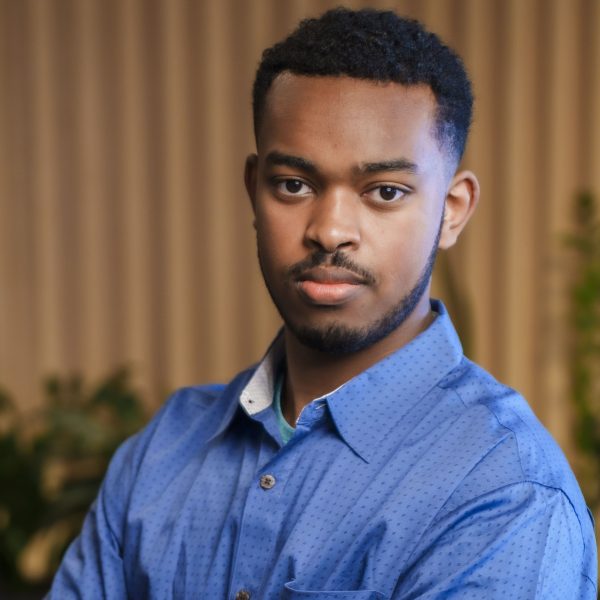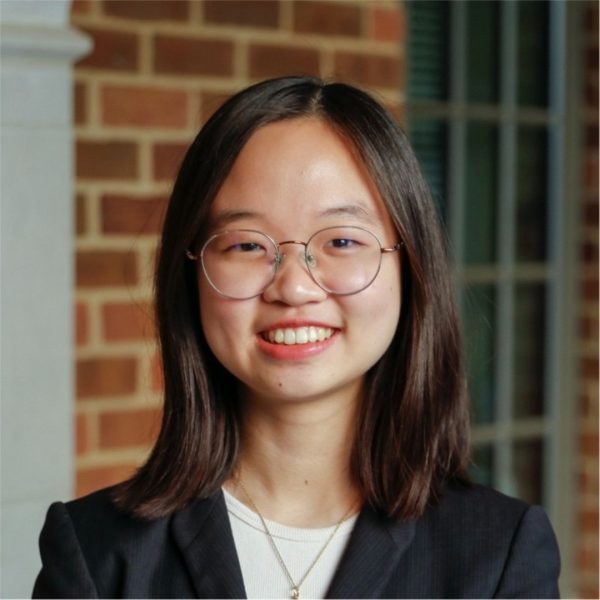Kaleab Asfaw Azezew would lose a sock just about every time he did laundry, so he came up with a novel idea: an AI-trained model that helps pair missing socks. The computer science major was able to bring his idea to fruition when he attended a new undergraduate course that encourages students to come up with creative ways to use artificial intelligence.

Studio in AI, taught by Bennett Landman, director of the Vanderbilt Lab for Immersive AI Translation (VALIANT), launched last semester and offers an immersive, hands-on experience to students looking to develop or advance independent AI projects, utilizing Python and PyTorch as primary tools. Graduate students serve as AI coaches to provide multiple levels of mentorship and guidance.
“My goal is for students to leave this course with practical skills, a strong sense of accomplishment, and the confidence to use AI in transformative ways,” said Landman, a preeminent scholar who holds the Stevenson Chair of Electrical and Computer Engineering and has joint appointments in computer science, biomedical engineering, radiology and radiological sciences, psychiatry and behavioral sciences, biomedical informatics, and neurology.
“By focusing on hands-on projects, we encourage them to see how AI can drive innovation across disciplines while also addressing broader societal concerns,” he added.
In Azezew’s case, the sock-matching idea came about after using shared laundry facilities at a few boarding high schools and later at Vanderbilt. Shortly before winter break during his freshman year, he noticed a box in one of the laundry rooms labeled “Missing Socks.” He figured most people probably wouldn’t bother looking through that pile to find a missing sock, but they might if there was some kind of automated system to assist. So, he took the box of socks to his room and took photos of each sock, then wrote some code to process the images and structure the project. However, he stopped working on it for a while, until he enrolled in Studio in AI where he was assisted by Landman and grad students to create, “Socks ReUnite.”

“When a student returns to their dorm after doing laundry, they might realize they’ve lost one sock,” said Azezew, a sophomore also majoring in mathematics. “With this project, they can take a picture of the single sock they have, and the AI-trained model will search through a database of lost socks. After some comparisons, the app lists the top matches and allows the user to pick one.”
Other projects in the course included ones that used AI to improve the monitoring of electronic scooters on traffic cameras to help urban planners, explore the correlation between public sentiment and financial trends, and – perhaps of most interest to biology students everywhere – create a web application that uses songs from artist Taylor Swift to help explain photosynthesis.

Rachel Koh, a sophomore studying computer science and physics, developed the project called “SongGuessr” that incorporates Swift’s songs. Koh said she was inspired by the 4 Pics 1 Word game that challenges users to guess a four-word phrase by providing them with four pictures that each correspond to a word in the phrase.
“I’m also a huge Swiftie, so I thought it would be fun to incorporate her music into my project,” Koh said.
With that in mind, she created a rudimentary application that takes a concept and breaks it down into smaller parts, then associates a song from Swift’s discography with each part. For example, she used photosynthesis for her demo, and ChatGPT broke it down into sunlight, oxygen, carbon dioxide, water, chlorophyll, and glucose.
She then used a text-to-image model to generate an image for each of the selected songs. The image and a short clip is displayed to the screen, and the user is challenged to guess the name of the song in question. If they get it right, an AI-generated explanation of how that part is relevant to the bigger concept is displayed on the screen.
“In my example of photosynthesis, let’s say we were on the sunlight part,” Koh explained. “The song I associated with this part was Daylight, and correctly guessing that would display the use of sunlight in photosynthesis, and relate it to the lyrics/symbolisms that Taylor used in Daylight.”
Koh said the course helped her appreciate even more the benefits of AI and believes such courses help dispel societal concerns about it.
“I feel a lot of the fearful narrative around AI is spread by people who aren’t fully familiar with it,” she said. “Having a hands-on course that encourages you to explore AI in a structured environment, I believe, dispels many of those fears.”
Contact: Lucas Johnson, lucas.l.johnson@vanderbilt.edu